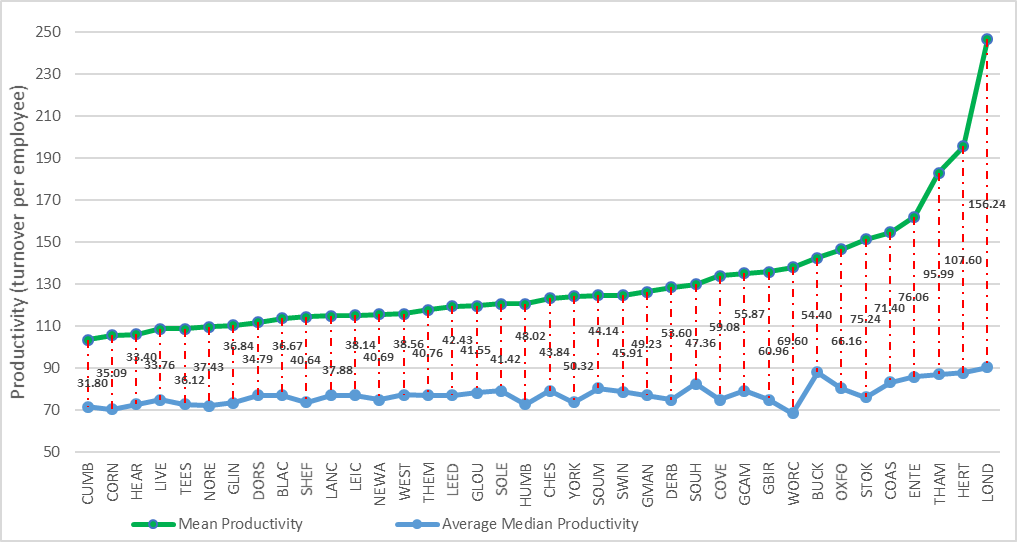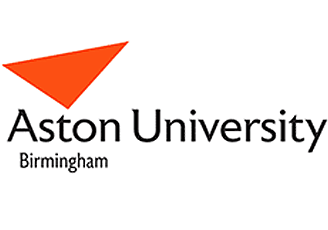What do we ‘mean’ by productivity anyway?
The pandemic has brought about difficult times for many businesses in the UK. Currently, with the onset of a second wave, and the end of the Brexit transition period only 80 days away, the road to economic recovery looks arduous. Inevitably, the rate of job and firm destruction will increase but for those businesses that manage to survive, sustainable long-term productivity will be key to recovery and growth. An ERC report focusing on sector productivity in the UK outlined the lack of understanding of productivity by business leaders in terms of the economist’s popular definition of gross value added (GVA).
How then should we measure productivity?
There is a clear debate on the best measure of productivity by analysts but what a majority of these measures have in common is the use of the mean average in final estimates. With many firms lying at the extreme ends of the productivity distribution, is this the correct measure of average to use?
A new insight paper by the ERC looks at just this, shifting the focus away from the mean average and instead advocating the use of the median averages. The median is obviously not impacted by few highly productivity firms (the famous long tail of productivity) like the mean is and provides a more accurate measure when looking at local and regional averages. This is easily shown in the figure below outlining the mean and median level of productivities in each of the 38 English Local Enterprise Partnership local areas (LEPs).
There are vast differences between median and mean measures of productivity in each LEP. The most striking difference is London where there are clearly a few highly productive firms that lie in the top 2.5% of the productivity distribution that are skewing the mean average. This is not to say that these few firms should be overlooked, on the contrary, they should be studied to understand what is driving their high productivity levels. However, when looking at local and regional levels of productivity, these few firms can exaggerate differences seen in mean productivity and suggest a larger difference than there actual is when looking at a typical firm in the area.
Levelling-up across the regions of the UK is one of the key strategies of the current Government. However, to understand what it is you are trying to level up relies on a clear understanding of how it is measured. I’ve shown that measurement matters when looking at spatial variations in productivity and this needs to be kept in mind when policy makers decide the next steps on how to boost productivity post-pandemic and Brexit.
Neha Prashar & Mark Hart
Please note that the views expressed in this blog belong to the individual blogger and do not represent the official view of the
Enterprise Research Centre, its Funders or Advisory Group












